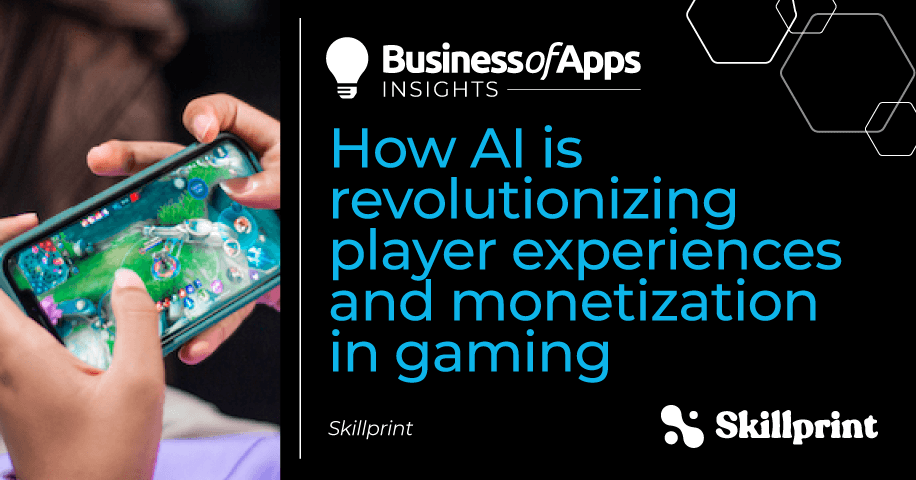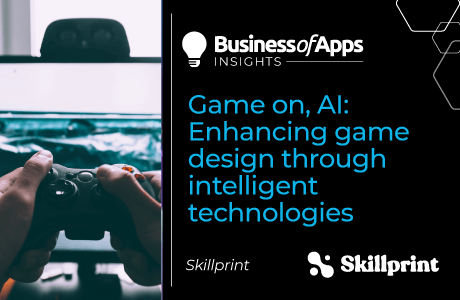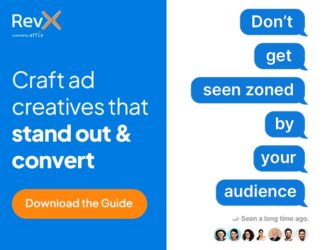The gaming industry has witnessed a seismic shift in recent years, driven by the integration of artificial intelligence into game development. A powerful core value proposition lies at the heart of this transformation: understanding players on a deeper level will enable us to offer personalized mobile gaming experiences that strike the perfect balance between challenge and enjoyment.
However, AI’s impact doesn’t stop at enhancing player experiences. It’s also a game-changer when it comes to optimizing monetization strategies, such as in-app purchases (IAP), interstitial ads and other forms of mobile advertising.
AI and monetization
In today’s competitive mobile gaming landscape, it’s not enough to focus solely on delivering challenging gameplay that promotes a state of “flow” for players. While delivering an engaging and immersive gaming experience remains a top priority, there’s always been a focus on finding the right balance between user enjoyment and monetization strategies.
Mobile game developers are realizing that to truly succeed in today’s competitive landscape, they must consider the full picture. It’s not just about attracting players; it’s about retaining them and making the most out of their engagement to extend the player lifecycle in their game. This is where AI steps in as a game-changer.
Success in this space is about appealing to a broader spectrum of players, catering to their diverse skills, and doing so in a way that incorporates the monetization component seamlessly into the gaming experience. This holistic approach represents the game changer that AI brings to the industry.
AI models built on a scientific understanding of how in-game actions affect player behavior have the promise of improving monetization not only by adapting the difficulty of a game to a player’s current skill level but also by identifying characteristics of gameplay that lead to monetization. For example, our models are trained to predict when players are bored – perhaps interested in skipping a level, frustrated – and would find a power-up appealing or engaged and challenged at an appropriate level.
User retention and economic models
One undeniable fact is that users are becoming increasingly expensive to acquire. In a fiercely competitive market, attracting new players requires substantial investments in marketing and promotion. However, the real key to success lies in retaining those users and maximizing the value they bring to the table.
Mobile games tend to have a shorter life cycle than PC and console games, so extending the life cycle is critical for the viability of the game. To achieve this, it’s imperative to engage players more frequently and extract more from their gaming experiences. In other words, getting more time and sessions from users is the name of the game.
Consequently, the economic model of mobile gaming has evolved. It’s no longer just about selling games, IAP or even in-game ads; it’s about monetizing more effectively across various touchpoints. This shift has elevated the importance of optimizing monetization strategies to ensure the sustainability of mobile gaming businesses in a rapidly changing landscape.
Ultimate App Growth Guide 2025
Boost your app’s success with the Ultimate App Growth Guide! 🚀 Expert insights, proven strategies & must-know tips. Download now!
Master app growthThis is where AI and machine learning models come into play. These technologies empower mobile game developers to analyze player behavior, uncover patterns, and predict player preferences – and more importantly, to distill the overwhelming amount of incoming data into insights about player psychology. Armed with this invaluable data, developers can tailor mobile gaming experiences to suit individual players, thereby enhancing user engagement and, ultimately, driving retention and revenue.
The dangers of near-monopolies
While AI holds tremendous promise, there are potential pitfalls on the horizon. One of the most pressing concerns is the emergence of near-monopolies within the gaming industry. Tech giants like Apple, Google, and Unity are dominating how game developers can reach players through walled gardens and advertising, gaining access to vast troves of user information. This access raises questions about data privacy and the concentration of user data.
Multiple gateways to monetizing users could create an environment where a select few control access to players, potentially stifling competition and innovation.
The risk here is the creation of monopolies that not only have the primary sources of user data but also dictate the terms of engagement for developers. This concentration of power could limit the ability of smaller studios and developers to thrive in the industry.
Turning to AI for solutions
The integration of AI into the mobile gaming industry represents a profound shift in how games are developed, experienced, and monetized. The core value proposition of AI lies in its ability to understand users and provide personalized experiences that strike the right balance between challenge and enjoyment.
Monetization optimization is a critical component of game development. It’s about attracting a wider player base and retaining them through effective engagement strategies. AI and machine learning play a pivotal role in achieving these objectives by providing insights into player behavior and preferences.
However, the rise of near-monopolies in the industry, as exemplified by the ambitions of companies like Apple, presents a potential threat to competition and innovation. As the mobile gaming landscape continues to evolve, stakeholders must strike a balance between harnessing the power of AI and ensuring a fair and competitive environment where mobile game developers and players alike can thrive. Finding this equilibrium and navigating the opportunities and challenges that AI presents are crucial.












